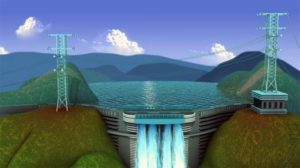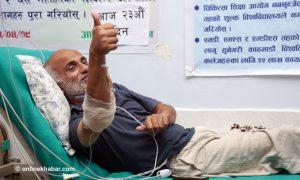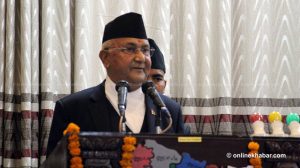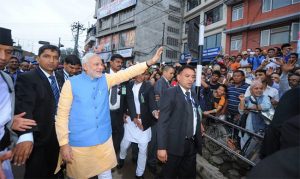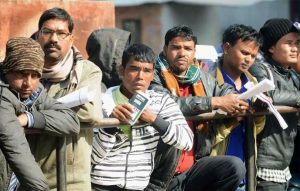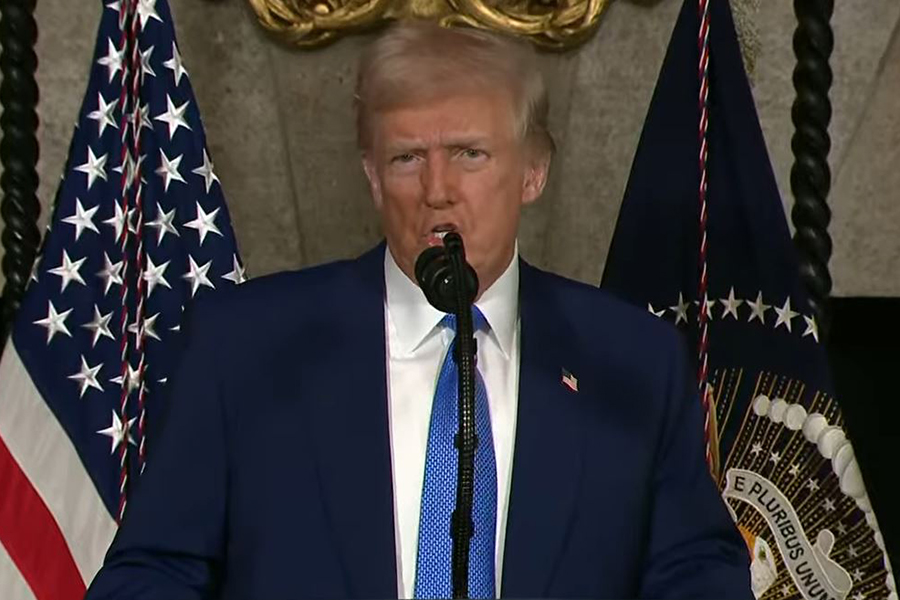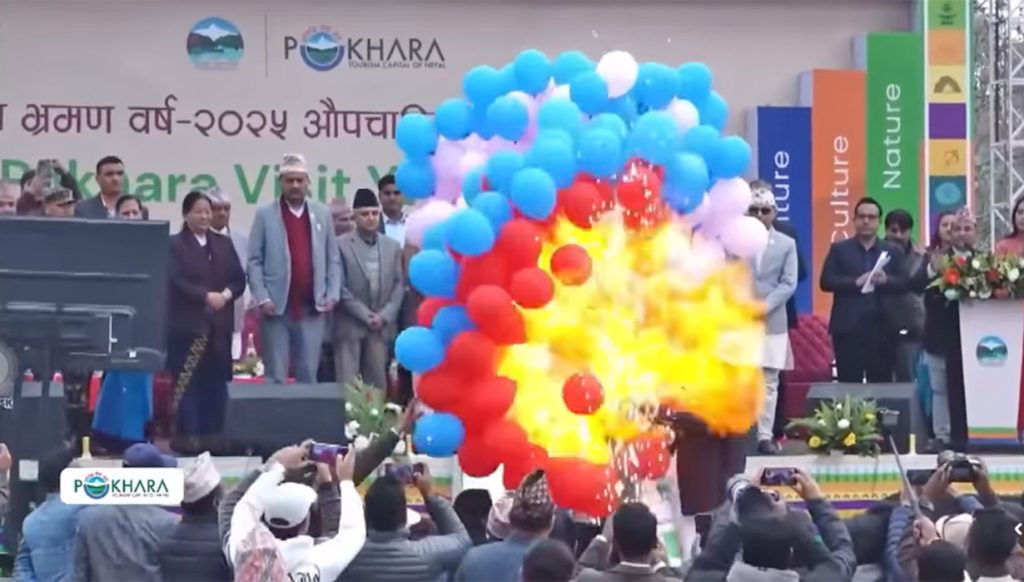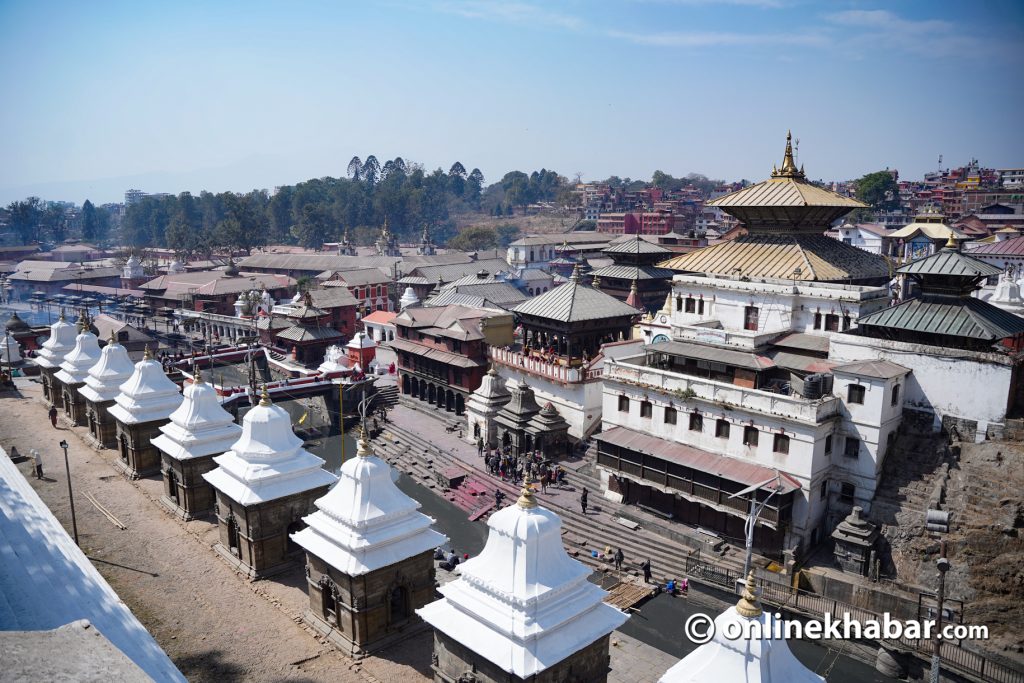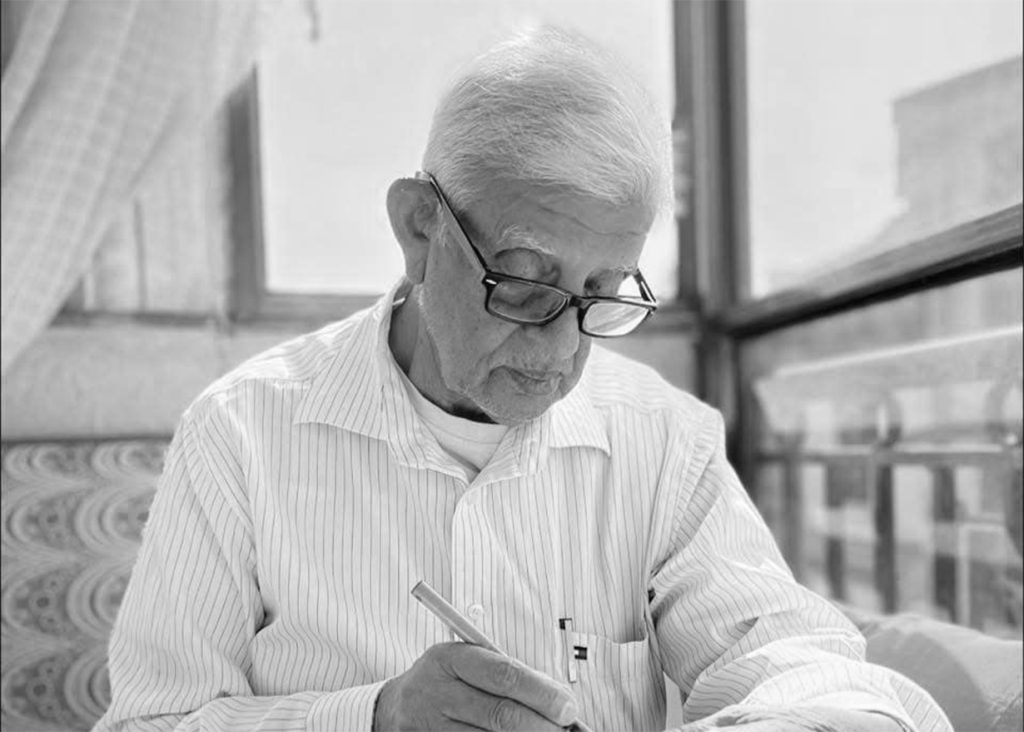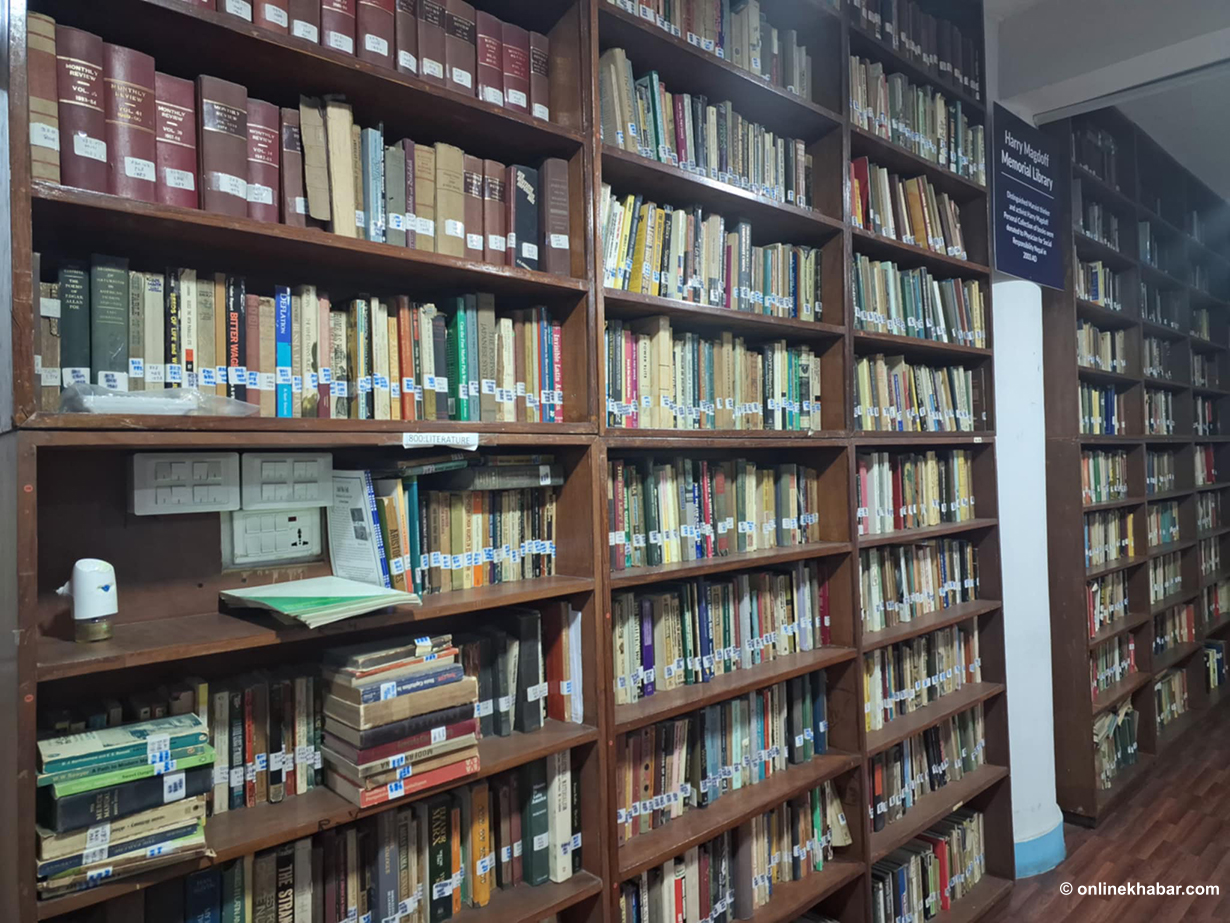
Almost all broadsheet dailies (in Nepali and English) have given prominence to reports on the launch of China’s first combined transport service to Nepal. They have also given considerable space to the government’s new five-year post-disaster needs framework.
IMPORTANT
China launches multi-modal transport to Nepal
Naya Patrika, Rajdhani, Nagarik and Karobar have given prominent space to China’s launching of first combine transport service to Nepal. While most papers have focused on how the service was launched, Naya Patrika gives details of what the first train is bringing to Nepal, and Karobar has a list of benefits Nepal can reap from the development.
Nagarik in its main box story for the day says a multi-modal transport link has been established between Lanzhou, the capital city of northwestern China’s Gansu province, and the final Kathmandu. It says that the entire journey will take 10 days. It incorporates three sections — 2,431 kilometers of rail transport from Lanzhou to Xigatse, 564 kilometers of road transport from Xigatse to Keyrong Port, and 160 kilometers of road transport from Keyrong to Kathmandu.
Naya Patrika in its lead story for the day asks, “What’s coming on the Chinese train?“. The report says that the train, ‘South Asian International Train, Lanzhour-Kathmandu, is carrying goods being imported by Spring International, Nepal. The report also says the development comes within a few weeks after Lanzhou’s Communist Party secretary Yutao Mao came to Kathmandu, and assured traders in Nepal that he would take steps to facilitate trade between the two countries.
Karobar in its lead story says that with the launch of the new service, Nepali traders, who have been using Indian ports, can save up to 35 days on overseas trade by using the new service. The paper also says that with the launch of the service, price of consumables imported by Nepal will fall by as much as 50 per cent. The report says that the new service was launched as per the trade and transit deal
PM Oli launches five-year reconstruction plan
Karobar, Republica, Naya Patrika, Nagarik, Rajdhani, Abhiyan and The Himalayan Times have given prominent space to reports on the government’s launching of the new framework. The Himalayan Times, in its lead story says the post-quake reconstruction cost has escalated by 25 per cent, when compared with the estimates the government released in the aftermath of the quake.
The report says, that the government would require at least Rs 837.74 billion to restore damaged infrastructure and livelihood of the people by 2020. Abhiyan in its box story says the government has allocated 77 per cent of the budget for the social sector. Nagarik, meanwhile, says the government wants to rebuild all houses lost in the quake, within two years.
UDMF says no talks until pre-conditions met
Republica in its report says that the agitating Madheshi Morcha has declined the government’s offer to sit for talks saying that Prime Minister Oli would have to create an environment for negotiations by meeting some pre-conditions.
Ignored
Nepal-China now linked by optical fiber
Karobar has a single-column report on Nepal-China optical fiber connectivity. The story has not received sufficient attention because the main story of the day was the launch of the multi-modal transport service to Nepal. However, the development is important as it signals the end of Nepal’s dependence on India for communication bandwidth. In its report, the paper says Nepal Telecom has finished laying optical fiber cables to connect Kathmandu with Rasuwagadhi. It says that Nepal Telecom and China Telecom can reap benefits of inter-connectivity.
Interesting
Brit duo first foreigners to summit Everest after quake
The Himalayan Times in its anchor for the day says two Britons Kenton Cool and successfully reached the top of Mt Everest on Thursday, becoming the first foreigners to climb the mountain in the spring season.




